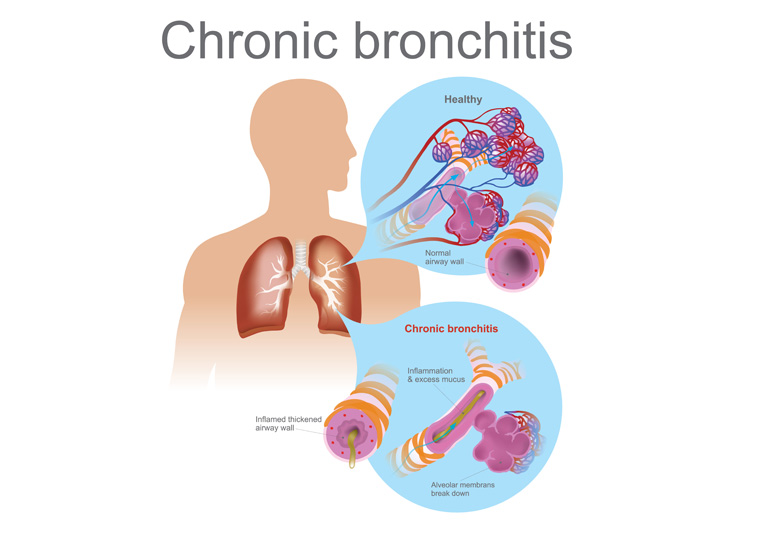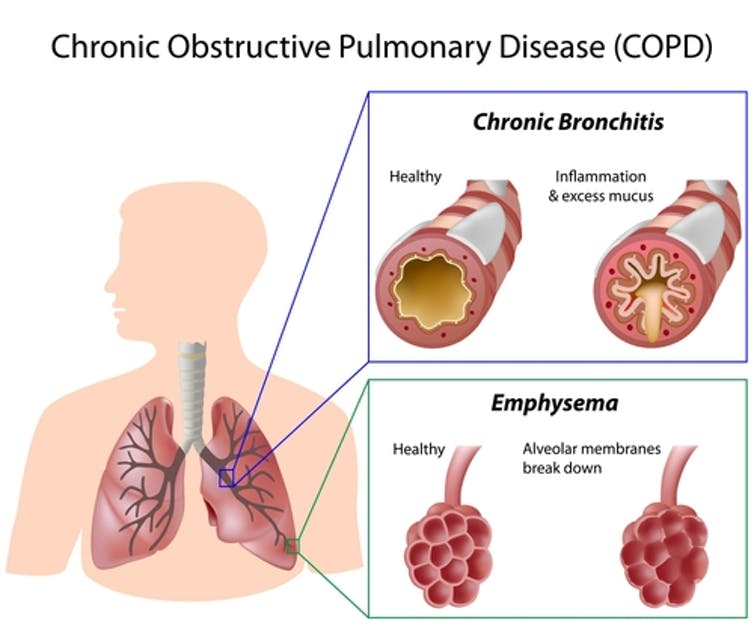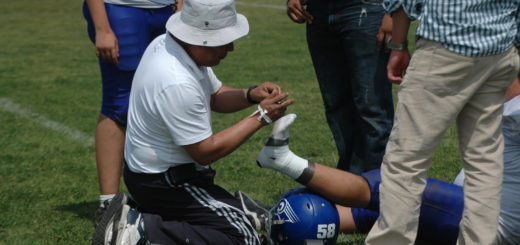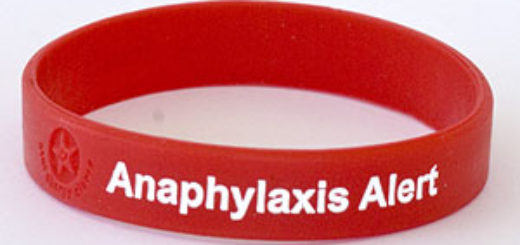A Complete First Aid Guide to COPD
Chronic Obstructive Pulmonary Disease (COPD) is a general term that covers a variety of respiratory conditions which have the same underlying problem – obstruction of the small airways in the lungs. Smoking is a major risk factor for developing COPD.
Chronic bronchitis and emphysema are two examples of COPD. Some patients with COPD may carry, or have at home, an information card or treatment plan for their condition. This can provide a useful guide to therapy options in the case of an acute exacerbation of their condition.
In this first aid blog post, we’ll take a closer look at chronic bronchitis and empysema.
Acute and Chronic Bronchitis
Bronchitis is an infection of the main airways of the lungs (bronchi), which causes them to become irritated and inflamed. The main symptom of bronchitis is a cough, which may bring up yellowy-grey mucus. Bronchitis may also cause a sore throat, wheezing and a blocked nose. Bronchitis is usually a mild condition, which clears up by itself within a couple of weeks. This is known as acute bronchitis, as it lasts for only a short period of time.
However, in some cases, the damage caused by the infection of the bronchi can become permanent, which causes the condition to become more severe and long-lasting. Bronchitis that lasts longer than three months a year for 2 years is known as chronic bronchitis.

Signs and symptoms of both acute and chronic bronchitis include:
- Irritating, nonproductive cough, together with discomfort behind the sternum (if productive cough with green/yellow sputum an infection may be present)
- Tightness of the chest with wheeze and shortness of breath
- Mild fever and malaise
- Chest tightening
- Crackles heard upon auscultation
- Usually cyanotic
- Tachycardia
- Tachypnea
- Dyspnoea
- Use of accessory muscles
First aid & first responder management may include:
- ensuring an open airway
- administering oxygen (if trained) to relieve hypoxia aiming for an oxygen saturation of 88 – 92%
- maintaining patient in their most comfortable position (usually upright)
- being prepared to carry out CPR
- encouraging coughing
- monitoring the patient’s condition closely; be prepared to manually assist ventilation if necessary
- documenting all treatments and vital signs
Emphysema
Emphysema is a long-term, progressive disease of the lung that primarily causes shortness of breath. In patients with emphysema, the lung tissues necessary to support the physical shape and function of the lung are destroyed.
Emphysema is called an obstructive lung disease because the destruction of lung tissue around smaller airways, called bronchioles, makes these airways unable to hold their shape properly when the patient exhales.
Normally, the lungs are very spongy and elastic. When a breath is taken, the chest wall expands, expanding the sponge. Similar to the way a squeezed sponge will draw water into it when released, suction draws air into the lungs when the chest wall expands.
Air is brought though the trachea (windpipe) and bronchi (the main air tubes going to right and left lungs). These tubes divide into smaller and smaller tubes, finally ending in alveoli. Alveoli, the tiniest structures in the lung, are very small air sacs that are arranged like a bunch of grapes. The alveoli are at the ends of the smallest tubes called bronchioles. The alveoli and the bronchioles are very important structures for the lungs to function properly. It is these structures that are destroyed by emphysema.

Signs and symptoms of emphysema may include:
- Muscle wasting
- Tachycardia
- Tachypnea
- Dyspnea
- Use of accessory muscles and difficulty in exhaling
- Cyanosis may be evident in an acute attack
- Pursed lips on expiration
- Confusion and acute anxiety may be present because of hypoxia
First aid & first responder management may include:
- ensuring an open airway
- administering oxygen (if trained) to relieve hypoxia aiming for an oxygen saturation of 88 – 92%
- maintaining the patient in the most comfortable position (usually upright)
- being prepared to ventilate or carry out full CPR
- monitoring the patient’s condition closely; be prepared to manually assist ventilation if necessary
- documenting all treatments and measurements





